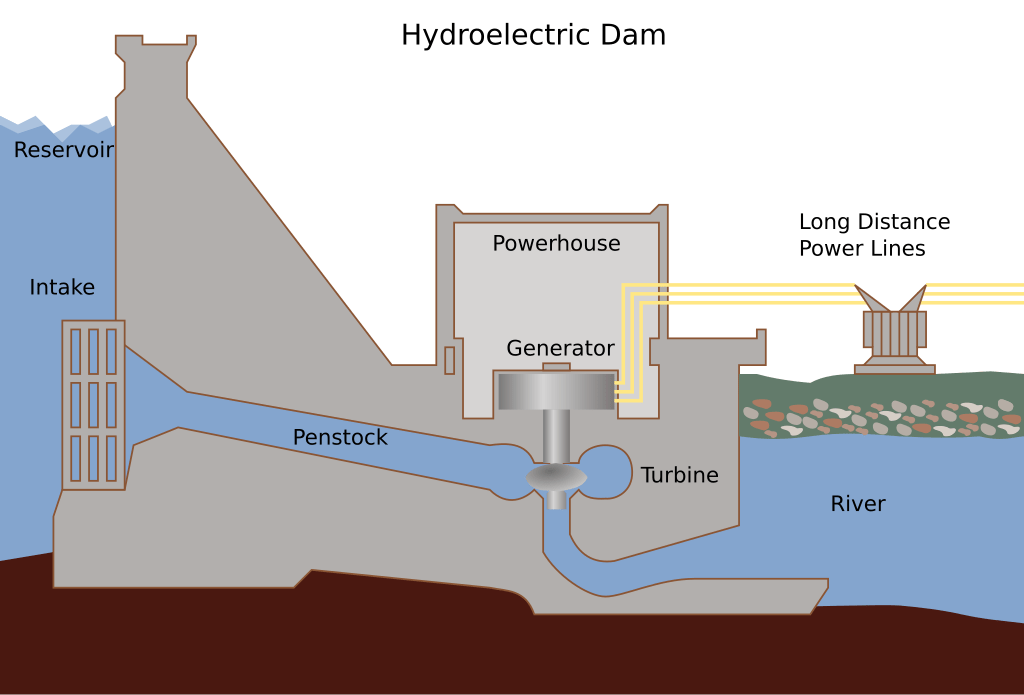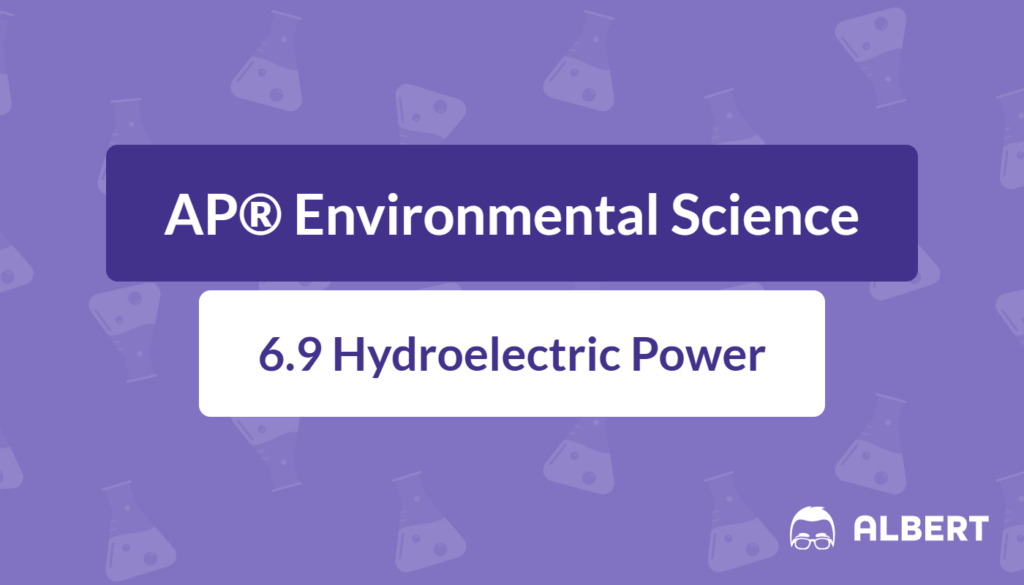What We Review
Introduction
Hydroelectric power plays a vital role in meeting global energy demands while minimizing fossil fuel use. It harnesses the natural movement of water to generate electricity and belongs to the category of renewable energy resources. Unlike conventional power systems that often rely on burning coal or oil, hydroelectric facilities generally release no air pollution during operation. Consequently, they contribute significantly to cleaner energy production. The following sections explore key aspects of hydroelectric power, including how does hydroelectric power work, its scientific basis, common methods of production, and associated environmental impacts.
What Is Hydroelectric Power?
Hydroelectric power refers to electricity created by converting the energy of flowing or falling water into electrical current. This type of power generation uses the kinetic energy of moving water, which is abundant in many parts of the world. As a result, it is often seen as a critical alternative for reducing reliance on nonrenewable resources such as coal, oil, and natural gas.
Moreover, hydroelectric power helps address concerns about climate change and pollution, because it emits virtually no direct greenhouse gases. However, the construction and operation of large hydroelectric systems can still impact local ecosystems—a topic explored in later sections. Compared to solar and wind energy, hydroelectric power generally provides a more stable electricity flow, because water is typically more predictable than sunlight or wind speed.
How Does Hydroelectric Power Work?
Hydroelectric power functions on the principle of converting the kinetic energy of water into mechanical energy, and then transforming that mechanical energy into electrical energy. Dams, rivers, and specialized equipment—such as turbines—are essential to this process.
Basic Principles
- Potential Energy: Water held at a higher elevation in a reservoir has potential energy.
- Kinetic Energy: As water flows downward, gravitational forces convert potential energy into kinetic energy.
- Mechanical Energy: When fast-moving water strikes the blades of a turbine, the turbine spins.
- Electrical Energy: The spinning turbine is connected to a generator, which converts mechanical energy into electricity.
Alternative Methods
In addition to large dams, smaller systems called micro-hydropower units can also produce electricity for individual homes or small communities. These units place turbines within natural waterways, where flowing water provides enough force to spin the turbine without the need for massive reservoirs. Furthermore, tidal energy harnesses the reliable rise and fall of ocean waters, an approach discussed in detail later in this article.
The Process of Hydroelectric Power Generation
Although several technologies exist for hydroelectric power, most large-scale projects rely on dams built across rivers. This section describes the general process step by step, emphasizing how water flow is controlled to create electricity.
Step-by-Step Example
- Site Selection and Dam Construction: A dam is built across a river in an area with reliable water flow. Construction forms a reservoir upstream of the dam. This reservoir stores water for consistent electricity generation.
- Reservoir Management: Operators regulate water levels. When power demand increases, more water is released through gates near the base of the dam.
- Turbine Spinning: As water rushes through an intake and passes over turbine blades, the turbine spins at high speed. This motion is sometimes explained mathematically using the concept of power: P = \rho , g , h , Q , \etaIn this equation:
- \rho = density of water
- g = acceleration due to gravity
- h = the height difference (or head)
- Q = flow rate of water
- \eta = efficiency of the turbine-generator system
- Electricity Generation: The rotating turbine connects to a generator. Inside the generator, magnets spin around wire coils, inducing an electric current.
- Power Distribution: The resulting electricity is sent to transformers that increase the voltage. It then travels along power lines to homes, businesses, and industries.
Dams can be extremely reliable yet also involve complex planning, because they must balance energy production goals with environmental and social considerations. Nonetheless, once built, they can serve as long-term power solutions, with consistent output as long as water supplies remain stable.

Tidal Energy: Another Form of Hydroelectric Power
Tidal energy is often classified under hydroelectric power because it uses water in motion to drive turbines. However, its energy source is distinct, arising from the gravitational interactions between Earth, the Moon, and the Sun. As tides rise and fall, water currents can be harnessed to produce electricity. Facilities designed for tidal energy resemble traditional hydroelectric dams in some ways. They frequently include turbines that spin when water flows between oceans and enclosed areas during both rising and falling tides.
One advantage of tidal energy is its predictability, because tide schedules are well-known. On the other hand, limited locations have strong enough tidal fluctuations to support commercial-scale projects. Therefore, tidal energy remains a smaller contributor to the global energy mix compared to more traditional dam-based hydroelectric power.
Environmental Impacts of Hydroelectric Power
Hydroelectric power offers important environmental benefits, yet it also presents challenges in terms of habitat changes and social impacts. Careful planning helps balance the positive and negative effects.
Positive Aspects
- No Air Pollution During Operation: Hydroelectric turbines do not require combustion, so they emit no direct air pollutants such as carbon dioxide or particulate matter.
- Minimal Waste: Unlike some fossil-fuel plants, there is no ash or significant by‑product.
- Renewable Resource: Flowing water is naturally renewed by the hydrological cycle, making hydroelectric power less susceptible to raw material shortages.
Potential Drawbacks
- Habitat Alterations: Dam construction changes river flows, which can disrupt aquatic ecosystems and affect fish migration. Reservoirs may also flood large areas of land upstream of the dam.
- Community Displacement: In some regions, building a dam can necessitate relocating entire communities that once depended on the original river system.
- High Initial Costs: Large hydroelectric facilities involve extensive engineering and significant construction expenses.
- Reservoir Sedimentation: Over time, sediments can build up in the reservoir, reducing its capacity and affecting downstream ecosystems.
Despite these issues, many experts still consider hydroelectric power an essential option for meeting global energy needs. The design phase of dam construction often includes environmental reviews to mitigate negative impacts—for instance, by adding fish ladders or adjusting water discharge schedules.
Conclusion
Hydroelectric power remains a fundamental part of the world’s power generation strategy. It capitalizes on Earth’s natural water cycle to produce stable, low-pollution electricity. Whether through massive dams or smaller micro-hydropower stations, the kinetic force of water continues to offer a relatively dependable energy source. However, maintaining local environments and preventing community displacement are crucial considerations for every hydroelectric project.
Tidal energy, though less widespread, demonstrates how similar principles can be applied to different water systems. Strong tide flows can produce rotating energy for turbines, further illustrating water’s potential to power the future. As societies seek sustainable energy solutions, hydroelectric power will likely remain central to discussions on renewable energy development. Engaging with local initiatives, exploring policies that protect ecosystems, and staying informed about institution-led advancements all contribute to a balanced approach between energy expansion and environmental stewardship.
Key Vocabulary
- Hydroelectric Power: Electricity generated by converting the energy of moving water into electrical current.
- Turbine: A machine with blades that spin when struck by moving water, thereby converting kinetic energy into mechanical energy.
- Reservoir: An artificial or natural lake where water is stored for generating hydroelectric power or for other purposes.
- Tidal Energy: A form of hydroelectric power that taps into the rise and fall of sea levels caused by the Moon’s and Sun’s gravitational pull.
- Air Pollution: The release of harmful substances into the atmosphere, commonly tied to fossil-fuel combustion but generally absent in operational hydroelectric facilities.
Sharpen Your Skills for AP® Environmental Science
Are you preparing for the AP® Environmental Science test? We’ve got you covered! Try our review articles designed to help you confidently tackle real-world AP® Environmental Science problems. You’ll find everything you need to succeed, from quick tips to detailed strategies. Start exploring now!
- AP® Environmental Science: 6.6 Review
- AP® Environmental Science: 6.7 Review
- AP® Environmental Science: 6.8 Review
Need help preparing for your AP® Environmental Science exam?
Albert has hundreds of AP® Environmental Science practice questions, free response, and full-length practice tests to try out.








